1 OCULAR MICROBIOLOGY
Quick Reference Section
Bruce E. Onofrey and Judy Perrigin
 PRACTICE MANAGEMENT INFORMATION REGARDING THE HIV-INFECTED PATIENT
PRACTICE MANAGEMENT INFORMATION REGARDING THE HIV-INFECTED PATIENT
This chapter has been designed to provide the primary care clinician with guidelines to quickly and accurately assess, diagnose, and treat ocular infection. Tables 1-1 to 1-16 provide a quick reference to accomplish this. HIV infection management and prevention is an important component of primary care practice. Tables 1-17 to 1-20 highlight prevention guidelines and patient management information for HIV-infected patients. Figures 1-1 to 1-8 show common culturing supplies.
TABLE 1-1 In-Office Materials for Microbiological and Cytology Testing Procedures
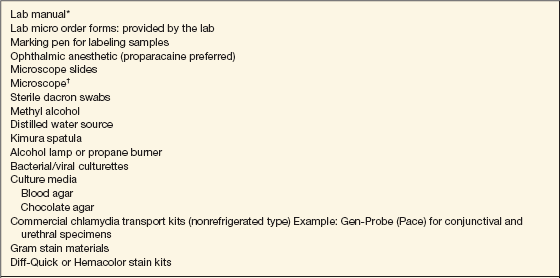
*By Haesert S, Clinical Manual of Ocular Microbiology and Cytology. St. Louis, MO: Mosby, 1993, is highly recommended by this author but out of print.
†Only needed if you do your own stains.
TABLE 1-2 Classification of Bacterial Organisms Having Ocular Significance
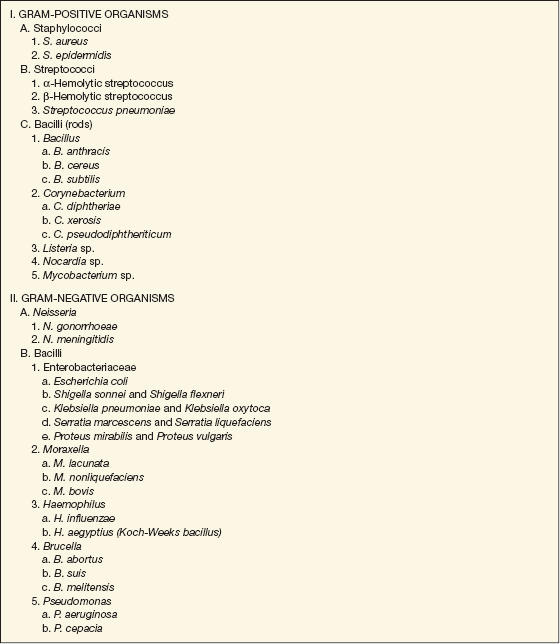
TABLE 1-3 Methicillin-Resistant Staphylococcus Aureus (MRSA)
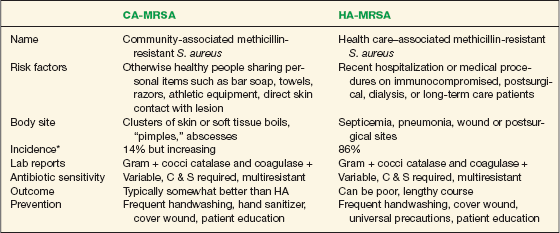
CDC Web site www.cdc.gov.
*Klevens et al., JAMA 2007;298:1763–1771.
TABLE 1-4 Characteristics of Common Eyelld Bacteria
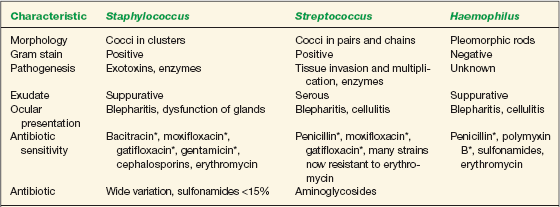
*Antibiotics of choice.
TABLE 1-5 Comparison of Aerobic and Anaerobic Bacteria Isolated from 131 Patients with Inflamed Conjunctivae and 60 Normal Patients
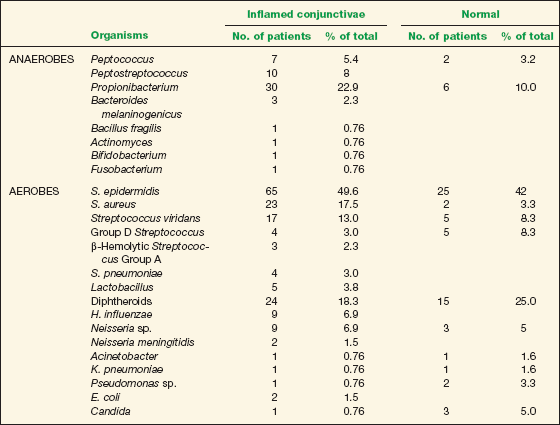
TABLE 1-6 Gram Stain Procedure

It is preferable to collect and fix the Gram stain specimen and send it to the lab for staining and evaluation. An unstained Gram stain prep should be sent with every culture. Staining and evaluating Gram stain preps in-office require a higher level of CLIA certification than performing Diff-Quick or Hemacolor specimens in-office.
TABLE 1-7 Stains for Ocular Specimens
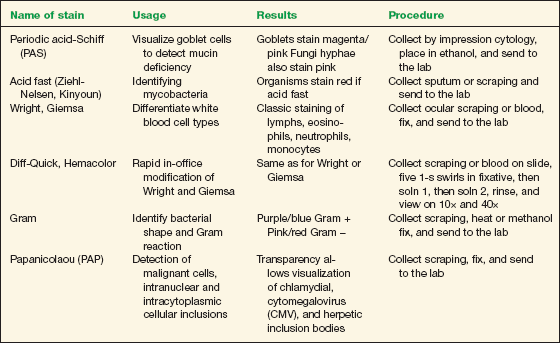
TABLE 1-8 Diff-Quick or Hemacolor Stain (Wright-Giemsa–Type Stain Modified For Rapid In-Office Use)

TABLE 1-9 Common Ophthalmic Culture Media and Usage
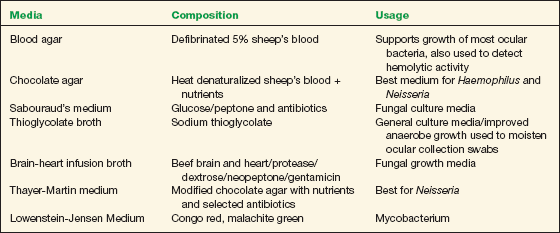
Stay updated, free articles. Join our Telegram channel

Full access? Get Clinical Tree


